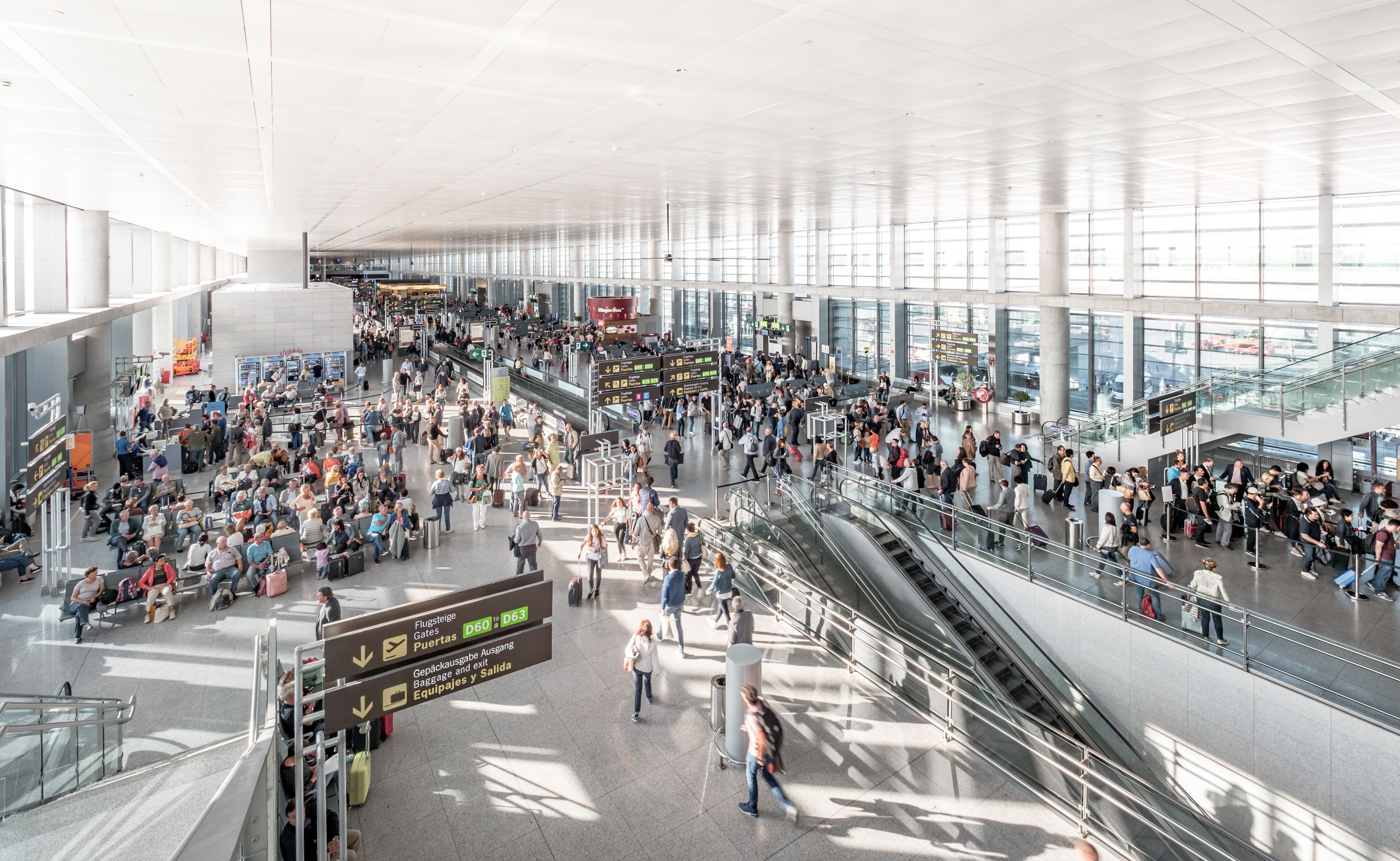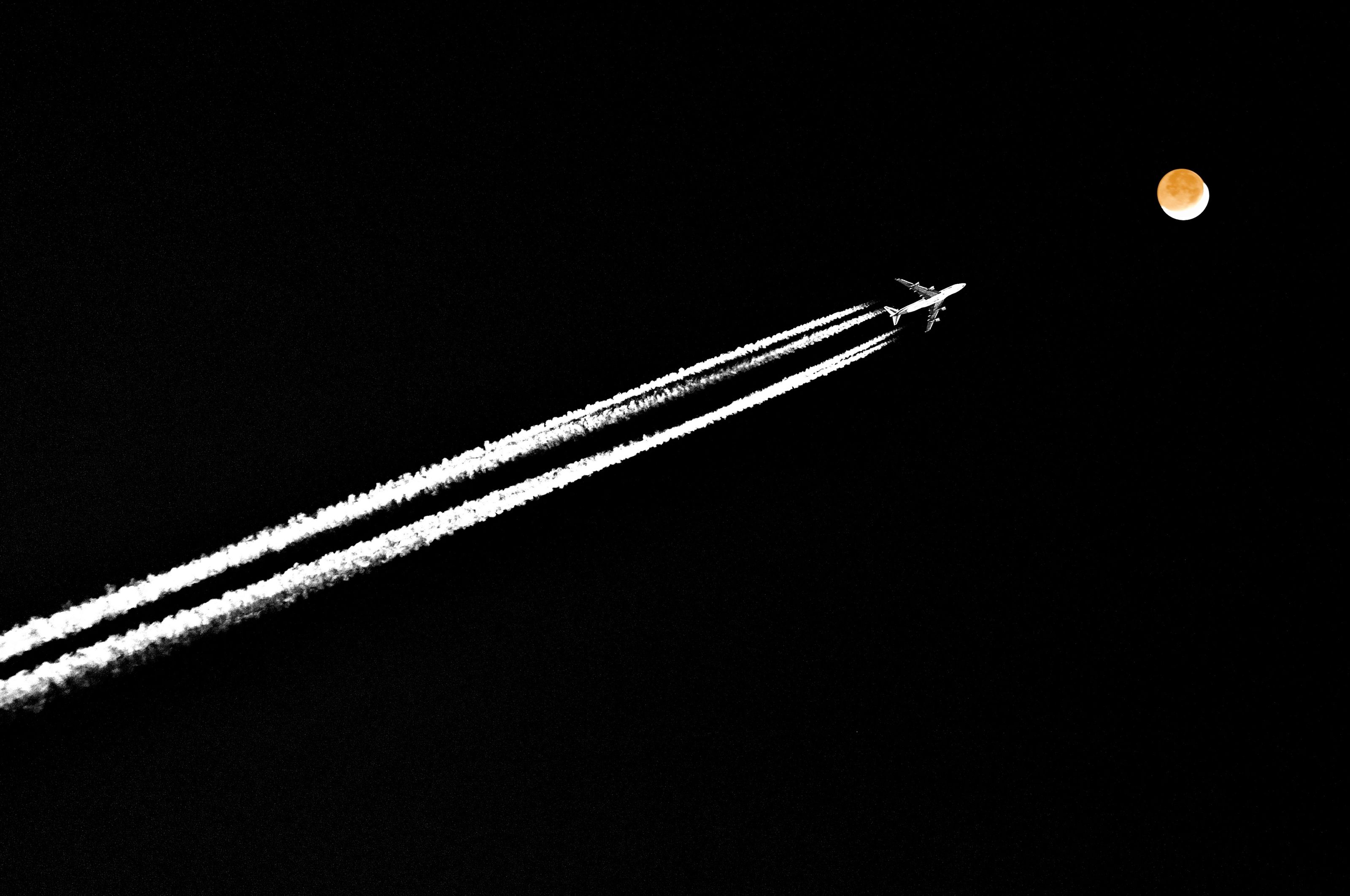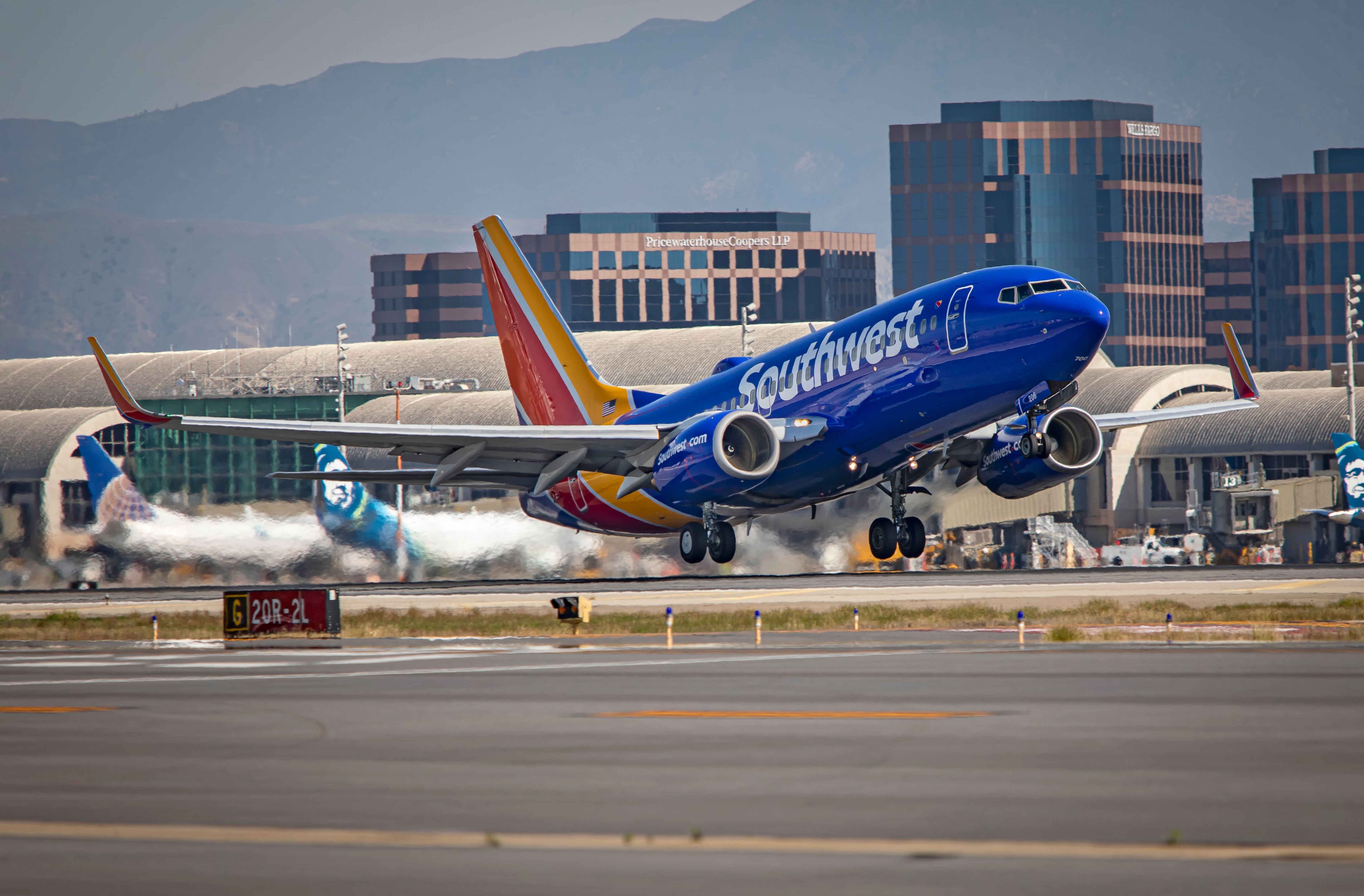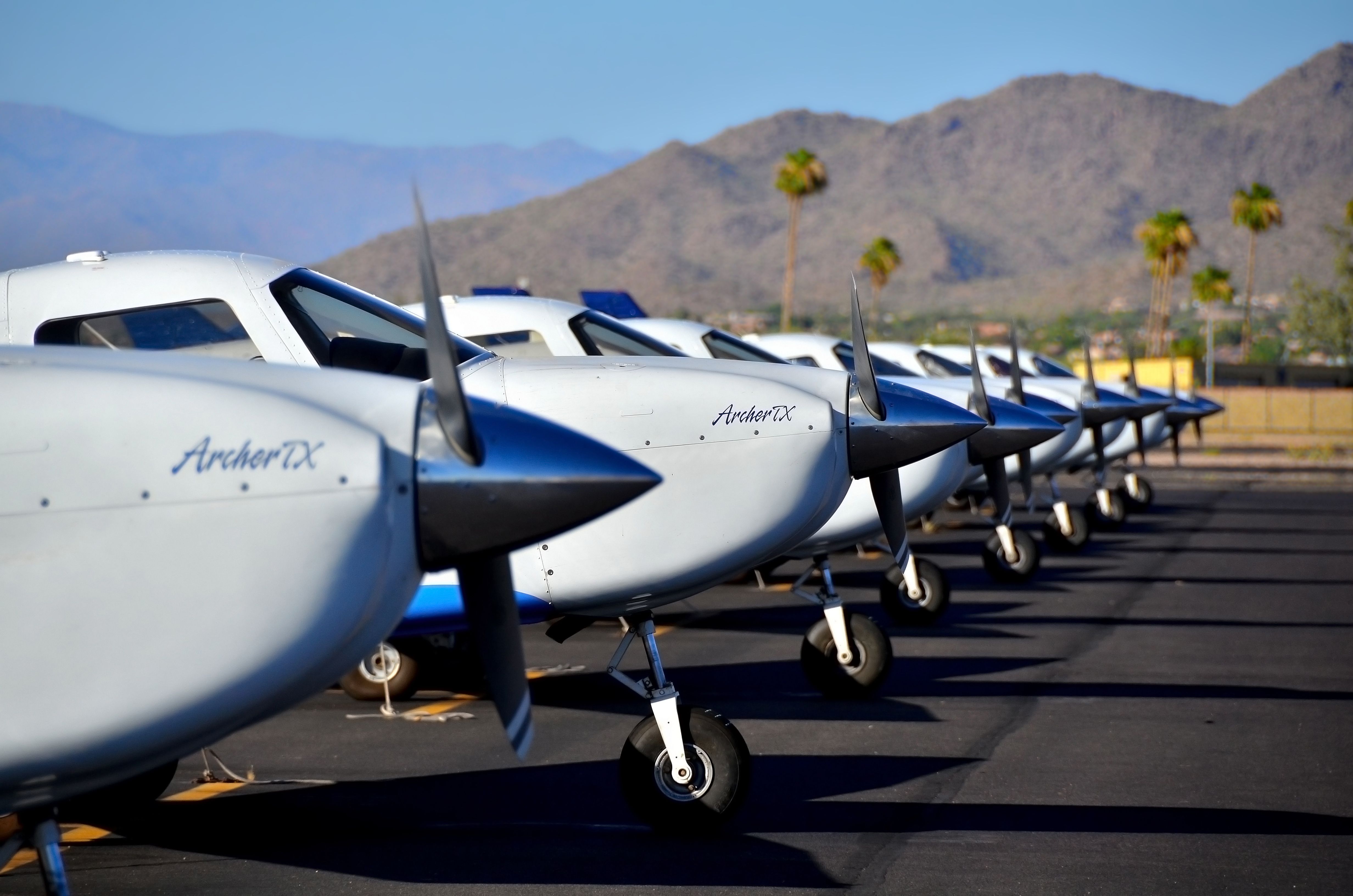Something I looked forward to during my journey to become an airline pilot was engaging with the traveling public. I had always been a curious traveler and was happy when pilots spoke with me at the airport. Having perspective on some common questions that people ask, here's a list of some of the most frequently asked questions I hear when in uniform at the airport.
1 Have you seen anything "up there" that you can't explain?
Spending hundreds of hours per year in the front of an airliner intuitively increases the likelihood of witnessing extra-terrestrial movement compared to other jobs. Most pilots respond to this question with a wry smile followed by a "no." It's a fun question but one that many pilots (and people in general) won't take too seriously. However, some pilots do have exciting stories.
I've heard a few accounts of unusual spottings and experiences in the remote area between El Paso, Texas, and Tucson, Arizona. One, in particular, has stuck with me. Late one evening, a pilot recalled being asked by Albuquerque Center if they had a visual on a target flying above them. For context, the plane was at 39,000 feet. Both pilots looked up and saw lights moving perpendicular to their flight path. They disappeared into the distance after about 20 seconds, which is in line with a relative velocity of an airliner passing a few thousand feet overhead at normal cruising speed. The pilots replied affirmatively to Albuquerque Center that they had visual contact with the traffic and that it was "no factor." "Roger," said the controller. "Traffic now nine o'clock, 75 miles, indicating 5,000 knots over the ground."
2 Why are some landings hard?
Many people are curious about why not all landings are the same. The last time I was asked this question was (thankfully) by a passenger who had not traveled on a plane I was flying, though I'm sure plenty of passengers I've flown have wondered the same thing. I asked the man where he had experienced this landing and what kind of plane he was flying on. "John Wayne, on a Boeing 737," he responded.
John Wayne Orange County Airport has one of the shortest runways that serves commercial traffic in the US, so my answer to this passenger was relatively straightforward. With only 5,700 feet of runway available for landing, a Boeing 737 pilot must touch down in the first 1,000 feet of asphalt. I explained that the 737 usually has a faster approach speed than similar planes (like an Airbus A320) and that it sits more squat to the ground, reducing the flare angle available to soften the landing, especially when landing distance is critical. I was grateful this passenger had asked about a Boeing 737 at Orange County instead of a firm landing in a smaller plane on a longer runway. I would have had to think harder to find a suitable answer.
3 Which direction is my departure gate?
Many airport-goers understandably identify uniformed crew members as airport liaisons. Pilots and flight attendants spend as much time in airports as anyone, and it makes sense that infrequent fliers might ask for directional assistance. Honestly, it happens relatively often, and it's awkward when a pilot doesn't know their way around the airport.
A pilot or flight attendant is typically happy to help with a question regarding their domicile airport because they are familiar with it. Likewise, hubs within an airline's network are well-known by crew members who have been around for a while. United pilots probably have a good mental map of Denver, Newark, and San Francisco. Delta pilots can likely point you in the right direction at Atlanta, Salt Lake City, or Detroit. But if you ask an American pilot for directions in Minneapolis or a Delta pilot in Miami, they might be unable to help off the top of their head.
4 How do you become a pilot?
I love this question, so long as there is enough time to answer it. The reality is that many people who want to become pilots don't know anyone who is a pilot. Naturally, the best option is to ask one at the airport. When asked how to become a pilot, most will give examples of how they got to their current job. The two conventional pathways are military or flight instructing, but thousands of pilots have reached the airlines via other means.
The limiting factor on a good answer to this question is how much time is available. If en route to a departure gate or excited to get home after a four-day trip, a pilot may not have the best answer. Many contexts go along with answering this question, especially if the person asking is not familiar with the airline industry. I find that answering this question takes the better part of an hour. If you find yourself doing the asking, perhaps ask for the pilot's contact details if they seem affable.
5 Do you like what you do?
Like any other job, the degree to which one enjoys their work is determined by the job itself and the colleagues with whom one works. People in almost every industry come from different walks of life and have different backgrounds. Though true, to suggest that this is something that makes piloting a unique profession would be narrow-sighted. However, the amount of time pilots have to speak with their colleagues on the flight deck is a bit out of the ordinary.
On a four-day trip, a captain and first officer will fly between 16 and 25 hours together. Some of this time is spent observing sterile cockpit rules (on the ground, below 10,000, and approaching level-offs), but much time is afforded to conversation during cruise. Every pilot is different, but the collegiality that two pilots have during a trip is one of the most significant factors in determining how enjoyable the job is. I think it's fair to say that most pilots get along rather well.
Other pilots will recall vastly different questions than the five above. In earnest, this article could feature a hundred questions. If you're a traveler who has a question for a pilot, I encourage you to ask the next time you're at the airport. Most of us genuinely love what we do and are happy to share insight into our experiences.




